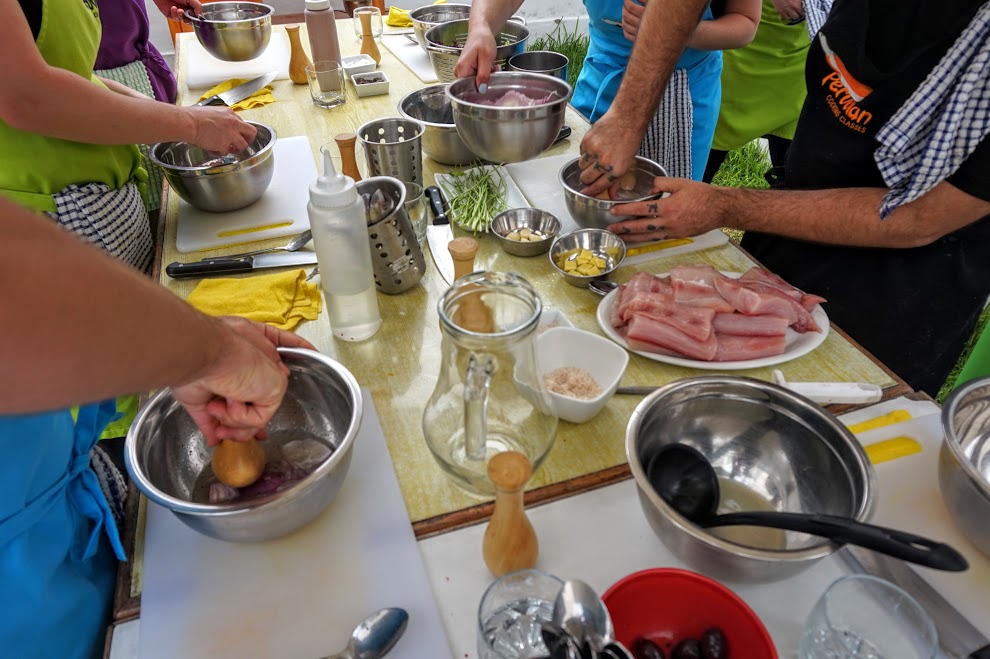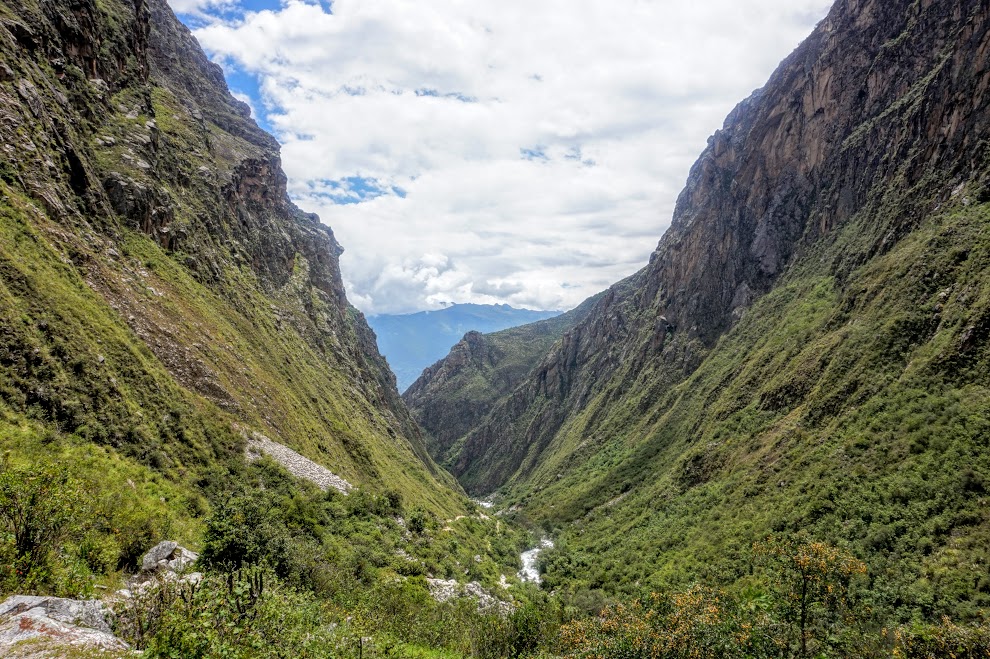A few hours south of Lima, the cities of Paracas and Huacachina are destinations for touring the Poor Man’s Galapagos and visiting the expansive desert for some sandboarding and dune buggying. Due to its outrageous price tag, we skipped the actual Galapagos, so the poor man’s version seemed right up our alley and the sand dune excursion just sounded like fun! To make up for our Lima splurge, we booked a super cheap AirBnB in Ica, a busy town that caters to both Paracas and Huacachina.
To be honest, Ica was awful. It is hot, dusty, and overcrowded with taxis. The only redeeming quality were the two lovely older women that ran our AirBnB. Otherwise we have nothing good to say about it. The most annoying thing about Ica was the noise. People strap loudspeakers to the roof of their car and drive around slowly to blast music and advertisements. This is not abnormal in other parts of South America, but in Ica they were more frequent and sometimes they would just park in one spot to be permanently annoying. They would even strap loudspeakers to their peddle-driven fruit cart so they could scream about papaya. The worst noise offender by far was car horns. We have never heard so much useless honking anywhere else. During our two days in Ica we began to understand the various arbitrary reasons for honking:
- Taxis incessantly honk at you as they drive past seeing if you want a ride: “You want a ride? No? Are you sure? Maybe now? How about now??” Even when they are a half block past, they give a few more toots just to triple check.
- A cheerful honk to say “Hey what’s up!” when driving past a friend, a cute girl, stray dog, or anytime ever.
- A super long single honk or three quick honks in a row to indicate you are going through an intersection without stopping - even if there is a stop sign. We’ve also seen this used when going around hairpin turns that aren’t wide enough for more than one car, but at least this case seems appropriate.
- A quick honk paired with a hand wave out the window in lieu of a turn single to change lanes or to single to someone else they can merge into your lane.
- The angry stuck-in-traffic-lay-on-your-horn-for-as-long-as-possible honk. (Claudio - we know you are also guilty of this!)
- The honk to jam along to your music! Also known as the “Oh, were you trying to sleep?” honk, which we learned from our tour bus driver.
Even though the honking was annoying, we were ready to have some fun! Our first morning in Ica, we booked a 5 pm sandboarding and dune buggying tour so that we could go at sunset… then spent the rest of the day sitting in front of the fan in our room to avoid the heat outside because it was so hot and dusty! Thankfully the desert gets pretty cool at night, so by 5 pm it was a much more pleasant temperature. Our tour was only an hour long, which turned out to be plenty of time: sand blowing constantly into your eyes gets old pretty fast. The trip consisted of our driver doing crazy things to get as many screams and laughs as possible and stopping a few times so that we could slide down the hill on the sandboards, which we all ended up doing on our stomachs since that was the most fun. We’ve both been to dunes around Lake Michigan and other areas, but neither of us have been in a full desert where there are only sand dunes as far as the eye can see. It was a pretty landscape and kind of interesting, but overall, we didn’t think it was worth a trip to Huacachina just for that.



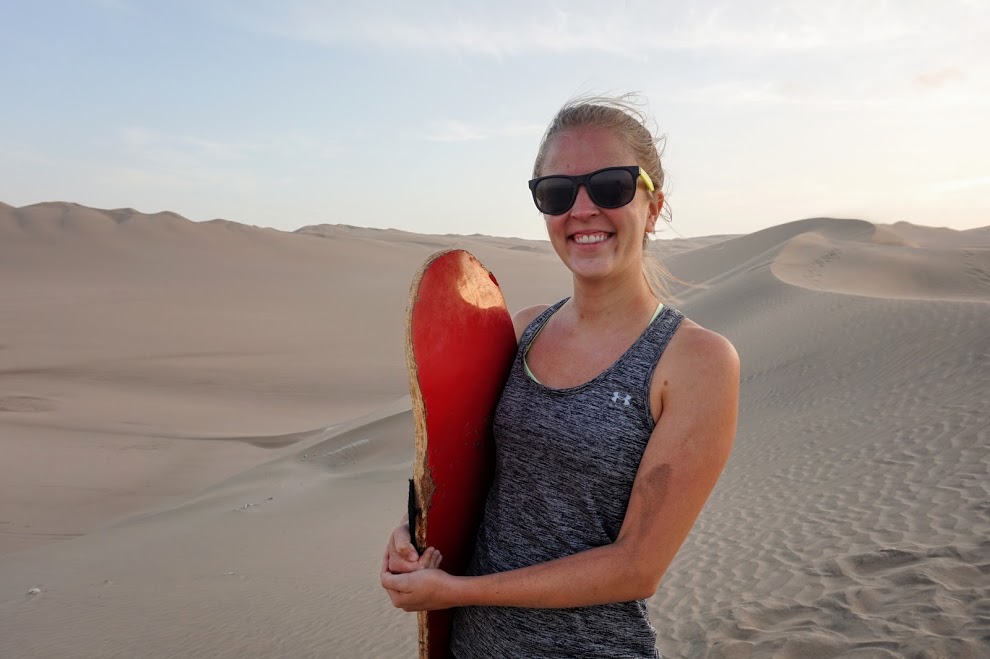
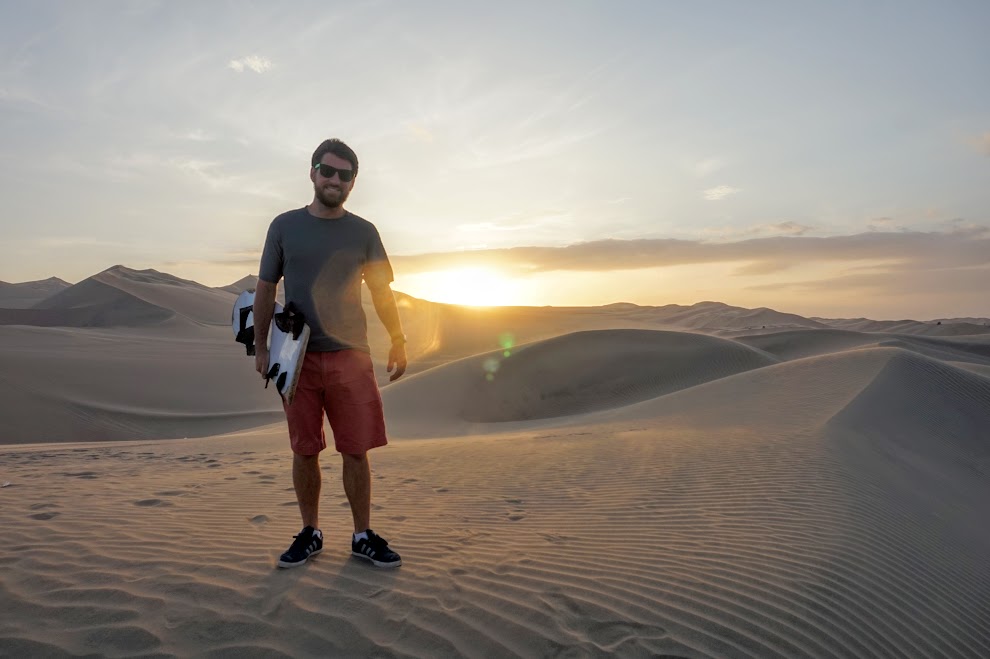

Hoping to justify our two day stop in Ica, the next day we went on a full day trip to see the Islas Ballestas (aka the Poor Man’s Galapagos) and the Paracas National Reserve. We were promised that we would see plenty of wildlife, including penguins and flamingos, get to go swimming at a beautiful beach in the reserve, and have an English speaking guide. Well… we saw one penguin, the flamingos were about a half mile away and therefore looked like any other bird, the water was FREEZING, and our guide only spoke Spanish. Guess that’s what we get for only doing the the cheap version! We did manage to get a partial refund from our tour company since we didn’t get the promised bilingual guide, but honestly - the boat trip to the islands and the reserve were pretty underwhelming. The two biggest highlights were probably the beach full of sea lions (including babies and a few huge males) and the impressive stink of guano from the islands from the thousands of birds that live there.




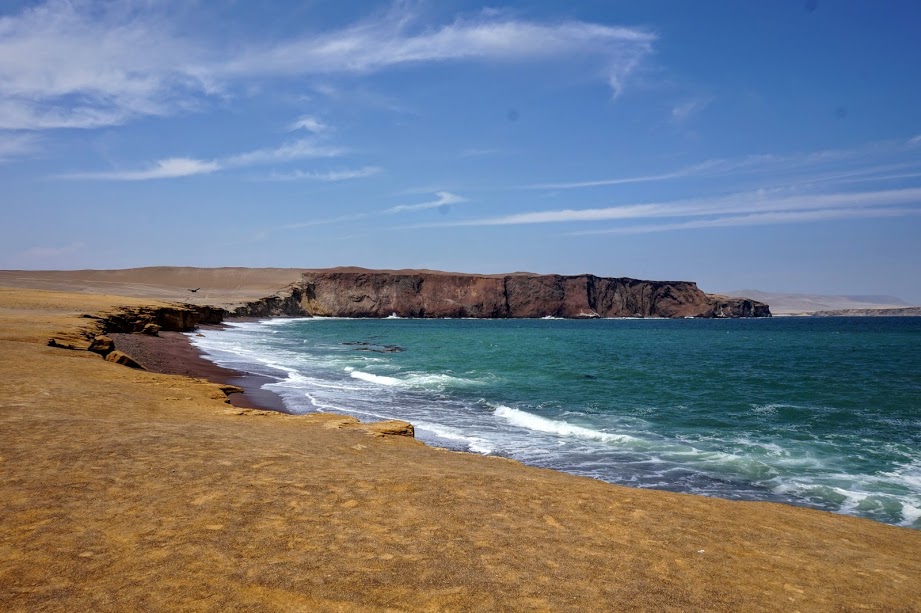




Despite the hype we’d heard, we didn’t think the area was worth the trip. We probably should have done a bit more (aka any) research on whether we would have enjoyed the excursions. Oh well. You win some, you lose some. Hopefully we learned our lesson.










